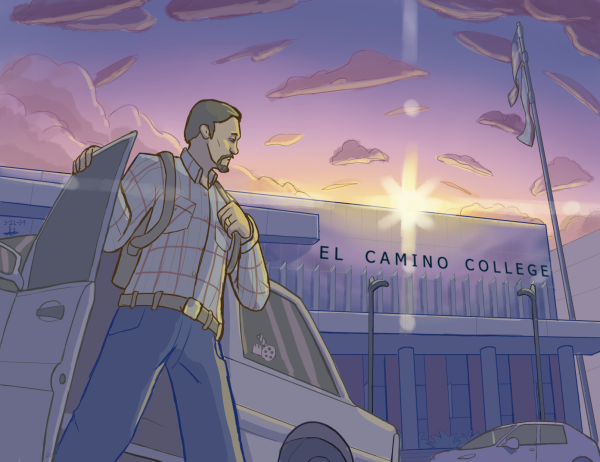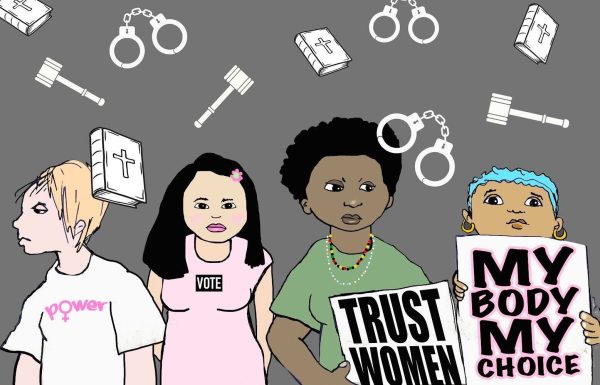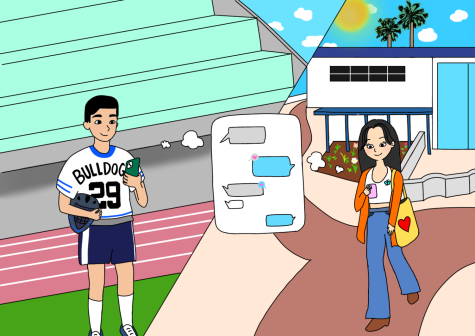Carbon footprint and greenhouse gases are causes for concern
While one side of the U.S. has taken a beating by Superstorm Sandy, I’m flooded with plastic and paper coffee cups in my car. Something is wrong here.
A few years ago, my sister went to see Al Gore’s film “An Inconvenient Truth” for a class when she was attending EC. I remember her telling me about the film and being scared at the thought of New York potentially being under water.
Look at us now; I guess Al Gore was right.
After Superstorm Sandy, groups that at one time did not believe in global warming are swallowing their pride and taking in the reality that climate change is not something from a science fiction disaster film.
The U.S. Congress has been known to ridicule international efforts to deal with of climate change. What I have noticed over the last few years, is that human impact on the environment is directly affecting us in a negative way.
Because of the slew of natural disasters within the past several years, global warming is becom- ing a daunting reality, thanks to greenhouse gases.
Greenhouse gases are gases that trap heat in the air, such as carbon dioxide, which enters the atmosphere through burning coal, natural gas and oils and nitrous oxide, which is emitted during industrial and agricultural activi- ties, according to the Environ- mental Protection Agency.
Some of the solutions to climate change seem impossible feats for the average student. For example like funding clean energy initiatives for developing countries, or saving tropical forests.
There are ways that us 20-somethings can make our planet a little greener, healthier and safer by simply reducing our carbon footprints.
A carbon footprint is the total amount of greenhouse gases produced to directly and indirectly support human activities, usually expressed in equivalent tons of carbon dioxide, according to timeforchange.org.
By purchasing items that are fair trade, you can be certain that they have been grown or crafted in ways that are eco-friendly. If it’s locally grown, it didn’t have to travel far, which also cuts back on the fossil fuel emissions of the vehicle which was used for trans- porting your food, coffee, or even cotton T-shirts.
Something that I really need to work on is cutting back on the disposable cups and water bottles that I use.
I am a total coffee junkie and I cannot cut that out completely. For those of you who cannot live without an iced coffee or latte. Purchase a reusable tumbler and tote that around rather than throwing away dozens of cups.
Coffee shops even knock off an extra 10 cents if you bring in your own cups.
With the rise of gas prices over the last month or two, one cannot help but cringe when filling up on the way to school.
An obvious cutback on your carbon footprint is by carpooling with a friend to school or work if possible as that will cut back on the carbon emissions by half.
“Between 2002 and 2012, vehicle miles traveled by drive- alone commuters will increase by at least 15 percent, generating an additional 43 million metric tons of carbon dioxide (CO2) annu- ally,” according to the Environ- mental Protection Agency.
By making small changes such as these to our daily lives, we can create a change that will positively affect our planet on a local, national and even global level.










